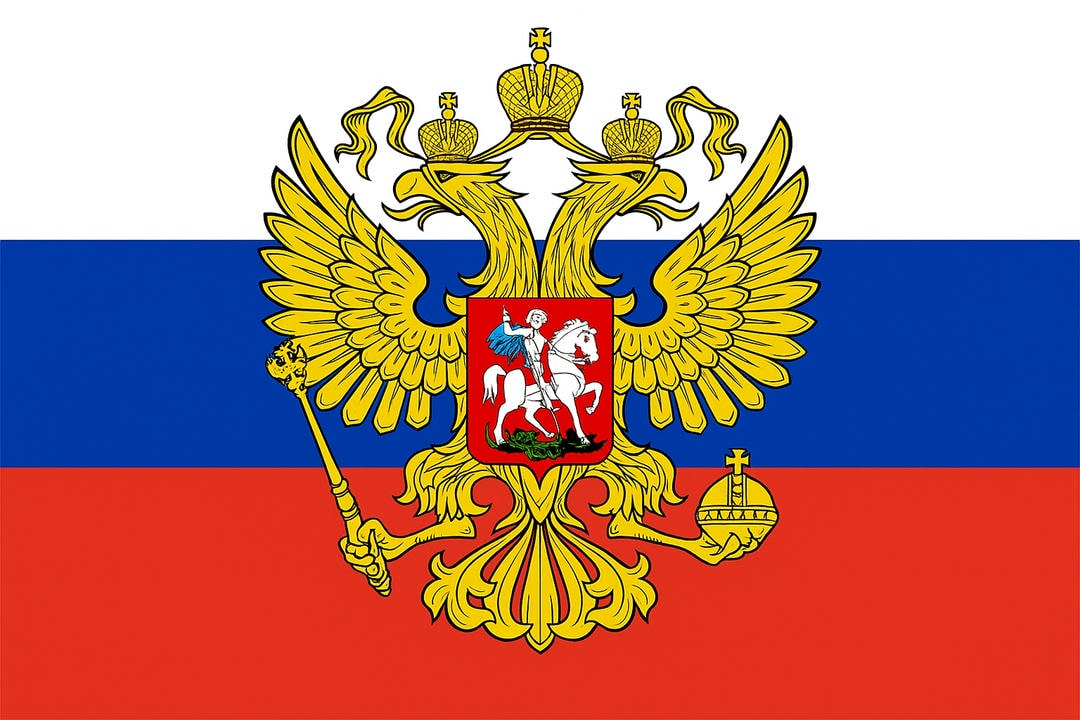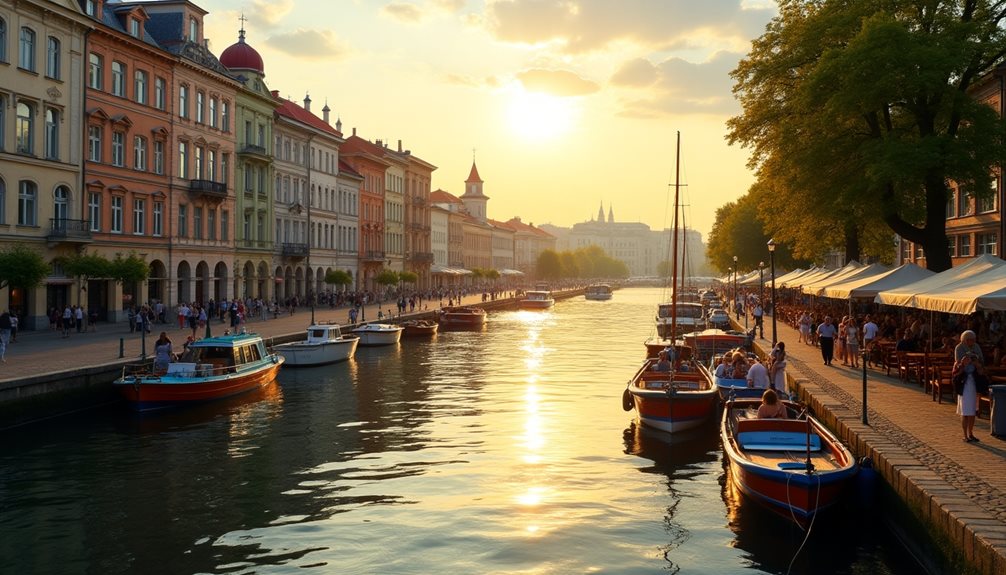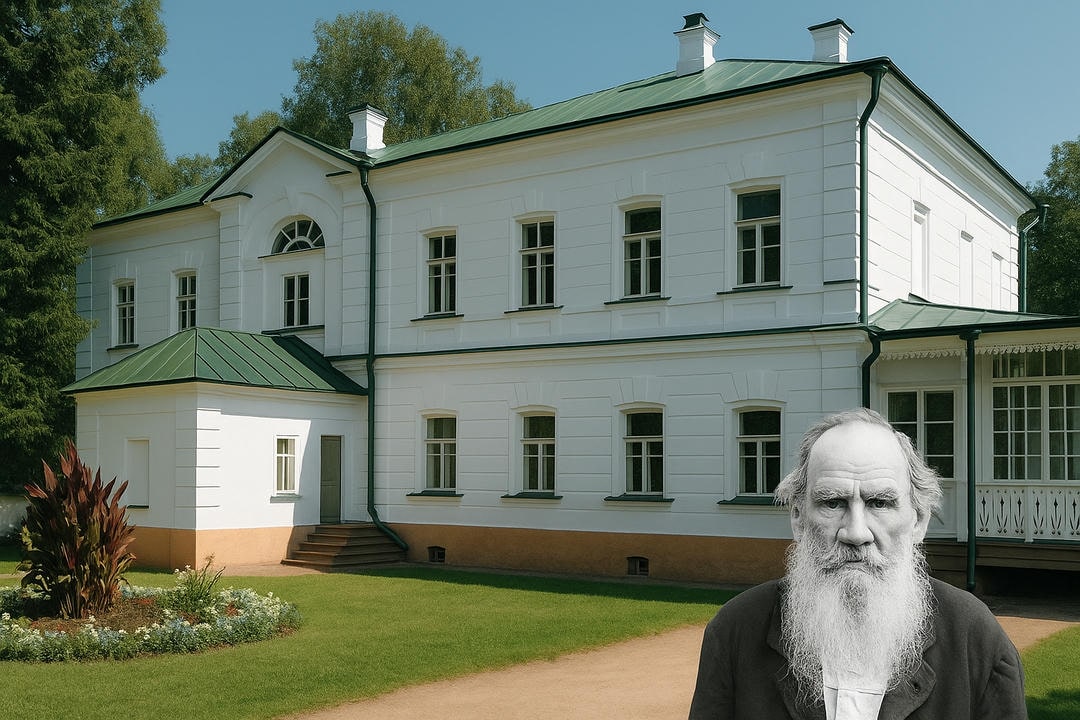Traveling through Russia by train presents an opportunity to experience the country’s vast landscapes and rich culture. The Russian rail system operates with a variety of services, each catering to different needs and preferences. Understanding how to navigate this system is essential for any traveler. With careful planning and the right approach, one can uncover the hidden gems along the route that make this journey truly unforgettable. What awaits beyond the next station?
Understanding the Russian Rail System

As travelers embark on a journey across Russia, they soon realize that the railway is not just a means of transportation—it is a living thread that weaves together the vastness, history, and soul of the nation. For many Russians, trains are not simply practical; they are a cherished tradition, a source of romance, and a symbol of connection in a country that spans eleven time zones.
The Heartbeat of Russian Travel
Russia’s railways form the backbone of its transport network, carrying millions annually across cities, forests, and steppes. In fact, a quarter of all journeys made by Russians are by train, a share rivaled only by Japan. This enduring popularity is rooted in more than convenience. The gentle rhythm of the wheels, the camaraderie among passengers, and the beauty of historic stations—some so ornate they could be museums—create a uniquely Russian travel experience.
Navigating the Network: Schedules and Tickets
Understanding train schedules is essential, as departures and journey times can vary greatly depending on distance and demand. Fortunately, most timetables are available online, making it easier than ever to plan your adventure. Ticket prices range widely, accommodating every budget and offering a variety of classes—from basic open-plan “platzkart” to luxurious private compartments. Booking in advance is highly recommended, particularly during peak seasons, to secure your preferred route and comfort level.
Types of Trains: From High-Speed to Historic
Travelers can choose from a rich array of train services:
-
High-speed express trains like the Sapsan connect Moscow and St. Petersburg in under four hours, blending speed with comfort.
-
Sleeper trains offer cozy compartments with bedding and dining options, perfect for overnight journeys through ever-changing landscapes.
-
Retro trains provide a nostalgic experience, with restored steam locomotives and vintage carriages—try the Ruskeala Express or the Circum-Baikal Railway for a journey back in time.
-
Legendary routes include the Trans-Siberian Railway, the world’s longest, stretching over 9,000 kilometers from Moscow to Vladivostok, and branching into Mongolia and China for the truly adventurous.
| Train Type | Features | Notable Routes |
|---|---|---|
| High-Speed | Fast, modern, comfortable | Moscow–St. Petersburg (Sapsan) |
| Sleeper | Private compartments, overnight travel | Moscow–Kazan, Moscow–Yekaterinburg |
| Retro/Scenic | Steam engines, vintage decor, nostalgia | Ruskeala Express, Circum-Baikal |
| International | Connects Russia with Europe and Asia | Moscow–Helsinki, Moscow–Beijing |
Booking and Preparing for Your Journey
Securing tickets is simple with online platforms offering user-friendly interfaces and English-language support. Be sure to have your passport, visa, and printed or digital tickets ready. Pack light but smart: bring snacks, a reusable water bottle, layers for changing climates, and entertainment for long stretches. Comfortable clothes are a must, as it’s customary to change into lounge wear soon after boarding.
Onboard Life: More Than a Ride
Onboard life aboard Russian trains is an experience that transcends mere transportation, immersing travelers in a rich tapestry of social interaction, cultural customs, and culinary delights. The train compartment becomes a small, intimate world where the essence of Russian hospitality truly shines.
The Social Fabric of the Compartments
Compartments on Russian trains are often shared spaces where strangers quickly become companions. It is common for passengers to break the ice by sharing food, stories, and even songs, creating a warm and convivial atmosphere. Don’t be surprised if fellow travelers offer you tea served in traditional tsarist-era enamel mugs, or invite you to join a toast—usually with vodka or tea—accompanied by the customary phrase “Vashe zdoroviye” (to your health). Such gestures reflect deep-rooted cultural values of warmth and generosity.
Respecting onboard etiquette is important to maintain harmony in these close quarters. Sharing the small compartment table is expected, and discreetness—such as changing clothes quietly behind curtains—is appreciated. Russians tend to be formal with strangers, so it’s polite to address others with respect and avoid overly casual behavior until familiarity is established.
Culinary Experiences on the Rails
The dining car is a lively hub where passengers gather to enjoy hearty Russian fare and socialize. Long-distance trains typically feature a restaurant car serving traditional dishes like borscht, pelmeni (dumplings), salads, and meat or fish entrees, alongside a selection of alcoholic and non-alcoholic beverages. On premium trains such as the Sapsan, the dining car offers a more upscale menu with reserved seating and a budget included in the ticket price, making it a perfect place to relax and mingle.
For those who prefer to remain in their compartments, many trains provide seat service, allowing you to order meals and drinks delivered directly to your seat or cabin. This service enhances comfort and convenience, especially on longer journeys.
Platform Stops: A Taste of Local Life
During longer stops at remote stations, passengers often disembark to stretch their legs and explore the bustling platforms. Here, local vendors sell an array of regional specialties—from freshly baked pirozhki (small pies) and blini (pancakes) to smoked fish like omul from Lake Baikal, and homemade pickles or fresh fruits grown in nearby dachas. Sampling these treats is a delightful way to connect with local culture and support small-scale producers.
Passengers are advised to observe which vendors are patronized by locals to ensure freshness and quality. These platform encounters often lead to friendly exchanges and new friendships, enriching the journey beyond the train itself.
Cultural Nuances and Tips
Understanding Russian social customs aboard the train enhances the experience. For example, it is customary to accept food and drink offered by others, as refusal can be seen as impolite. Toasting is a significant ritual; when a toast is made, all passengers are expected to stop eating or drinking and give their full attention, clinking glasses at the conclusion. Participating in these moments fosters camaraderie and respect.
Passengers should also be mindful of personal space and behavior: avoid speaking with hands in pockets, maintain neat attire, and be punctual for departures, though Russian time can be somewhat fluid. The train’s rhythm, combined with these cultural interactions, creates a uniquely immersive and uplifting travel experience.
In sum, traveling by train in Russia is a journey into the heart of the country’s culture and hospitality. The onboard life—marked by shared meals, heartfelt toasts, and spontaneous friendships—turns the voyage into a memorable adventure that resonates long after the final station is reached.
Stations: Gateways to Russian Adventures

Moscow alone boasts nine grand railway stations, each a gateway to different regions and even international destinations—from Paris to Beijing. The most popular domestic routes include the Moscow–St. Petersburg line and the Golden Ring cities, where history and architecture await at every stop.
Scenic routes abound: the Trans-Siberian traverses Siberia’s wild beauty, while the Golden Ring loop offers a glimpse into Russia’s medieval heartland. Retro trains can take you to mountain parks, ancient towns, and even the shores of Lake Baikal, the world’s deepest lake.
Insider Tips for Foreign Travelers
-
Learn a few key Russian phrases or use a translation app—locals are often eager to help and curious about foreign visitors.
-
Respect local customs: offer your seat at the compartment table to others, and be considerate when changing clothes or sharing space.
-
Embrace the unexpected: impromptu concerts, heartfelt farewells, and new friendships are all part of the magic.
The Spirit of Russian Rail
Traveling by train in Russia is more than a journey—it’s an immersion into the country’s spirit. From the romance of the rails to the warmth of shared tea and stories, every kilometer brings new discoveries. Whether you’re crossing continents or exploring provincial towns, the Russian railway invites you to slow down, connect, and experience the heart of Russia in motion.




